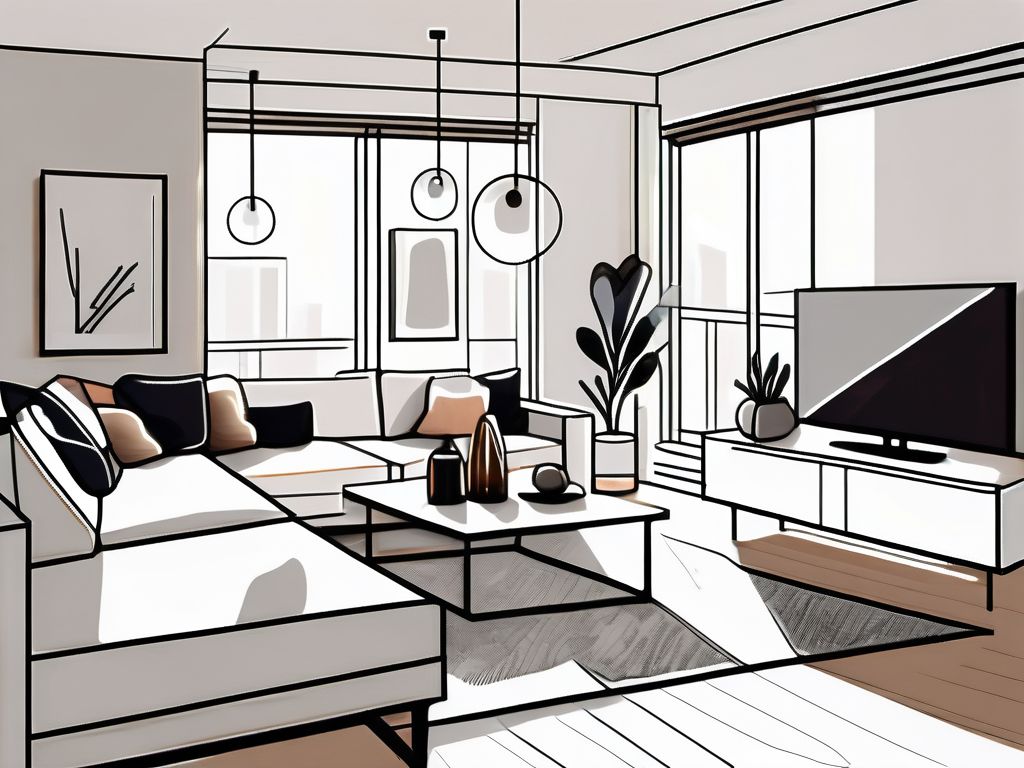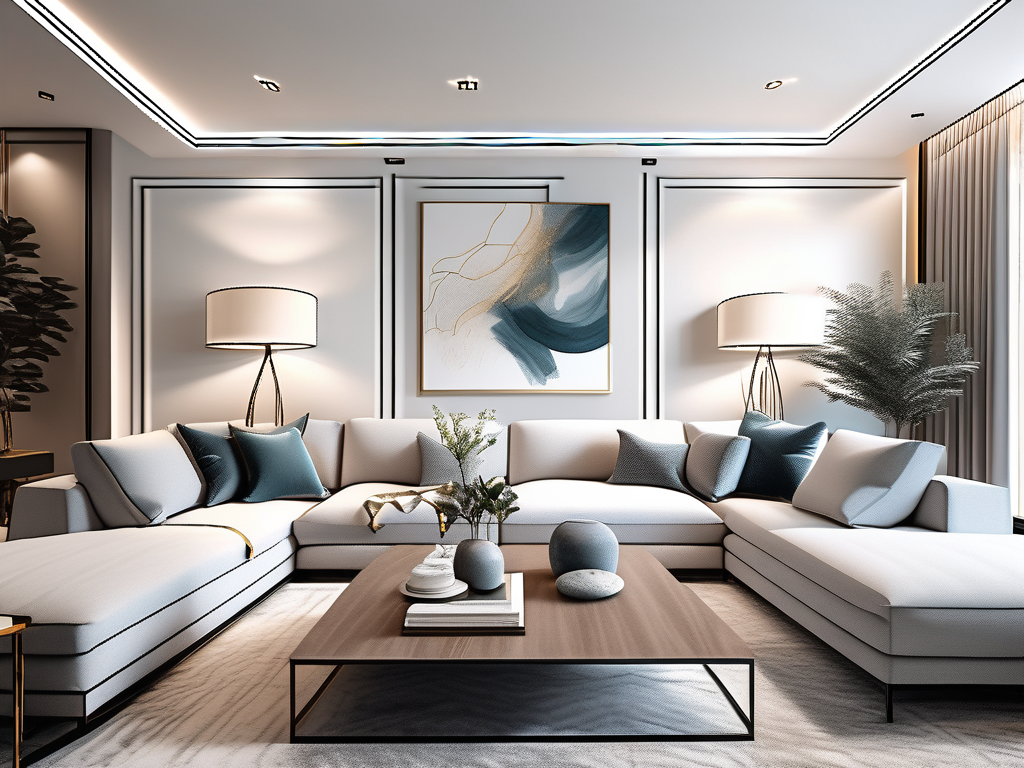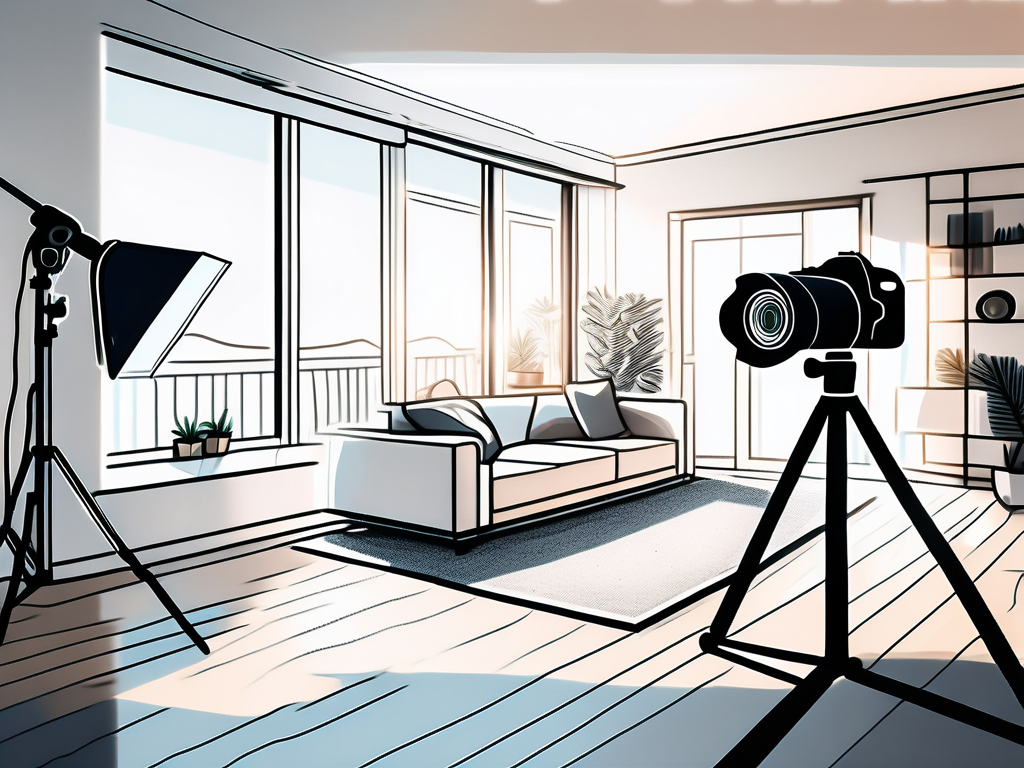In the realm of real estate photography, lighting plays a crucial role in capturing the essence of a property and presenting it in the most appealing way. This glossary entry will delve into the intricate details of lighting in real estate photography, exploring its importance, techniques, and equipment used.
Understanding lighting is essential for any photographer, but it is particularly crucial in real estate photography where the goal is to showcase a property in its best light. The right lighting can make a space look inviting and spacious, while poor lighting can make the same space look small and unappealing. This glossary entry aims to provide a comprehensive understanding of the role and techniques of lighting in real estate photography.
Importance of Lighting in Real Estate Photography
Lighting is the backbone of photography. It determines the mood, ambiance, and perception of a space. In real estate photography, lighting can make or break a photo. It can highlight the best features of a property and hide its flaws, or it can do the exact opposite.

Proper lighting can make a property look warm and inviting, drawing potential buyers in. On the other hand, poor lighting can make a property look dark, dingy, and uninviting, deterring potential buyers. Therefore, understanding and mastering lighting is crucial for any real estate photographer.
Creating Mood and Atmosphere
Lighting plays a significant role in creating the mood and atmosphere of a property. Warm lighting can make a space feel cozy and inviting, while cool lighting can make it feel modern and sleek. The right lighting can also highlight the unique architectural features of a property, making it stand out in the market.
Moreover, lighting can also create a sense of depth and dimension in a property. By strategically placing lights and manipulating shadows, a photographer can make a space appear larger or smaller, depending on the desired effect.
Highlighting Property Features
Lighting is also used to highlight the key features of a property. By illuminating certain areas, a photographer can draw attention to the property’s selling points, such as a modern kitchen, a spacious living room, or a stunning view. This can significantly increase the property’s appeal to potential buyers.
Conversely, lighting can also be used to downplay less appealing features of a property. By using shadows and low lighting, a photographer can divert attention away from any flaws or shortcomings of the property.
Lighting Techniques in Real Estate Photography
There are several lighting techniques that real estate photographers use to capture a property in its best light. These techniques vary depending on the property, the time of day, and the desired effect. This section will delve into some of the most common lighting techniques in real estate photography.

These techniques include natural lighting, artificial lighting, and a combination of both. Each technique has its advantages and disadvantages, and the choice of technique depends on the specific requirements of the property and the photographer’s style.
Natural Lighting
Natural lighting refers to the use of sunlight to illuminate a property. This technique is often used in real estate photography because it provides a realistic and authentic representation of the property. Natural lighting can also make a property look warm and inviting, which can appeal to potential buyers.
However, natural lighting can be challenging to control, as it depends on the weather and the time of day. Moreover, it can create harsh shadows and overexposed areas in a photo, which can detract from the overall quality of the image.
Artificial Lighting
Artificial lighting refers to the use of man-made light sources, such as flashlights and lamps, to illuminate a property. This technique allows for greater control over the lighting conditions, as the photographer can adjust the intensity and direction of the light.
Artificial lighting can also be used to create a specific mood or atmosphere in a property. For example, a photographer can use warm artificial lighting to make a space feel cozy and inviting, or cool artificial lighting to make it feel modern and sleek.
Lighting Equipment in Real Estate Photography
There are several pieces of equipment that real estate photographers use to manipulate and control lighting. These include flash units, reflectors, diffusers, and light stands. This section will delve into the purpose and use of each piece of equipment.

Understanding and mastering these tools is crucial for any real estate photographer, as they can significantly enhance the quality of the photos and the overall presentation of the property.
Flash Units
Flash units are a common piece of equipment in real estate photography. They provide a burst of light that can illuminate a room, highlight specific features of a property, or fill in shadows. Flash units can be mounted on the camera or placed off-camera for more control over the direction and intensity of the light.
There are two main types of flash units: speedlights and studio strobes. Speedlights are small, portable, and run on batteries, making them ideal for on-location shoots. Studio strobes, on the other hand, are larger and more powerful, providing a greater light output. However, they require a power source, making them less portable.
Reflectors and Diffusers
Reflectors and diffusers are used to manipulate the light from flash units. Reflectors bounce the light onto the subject, softening the light and reducing harsh shadows. They come in different colors, each providing a different effect. For example, a silver reflector provides a cool light, while a gold reflector provides a warm light.
Diffusers, on the other hand, spread the light out, creating a softer, more even light. They are often used to mimic the effect of natural light, making them ideal for real estate photography.
Light Stands
Light stands are used to hold flash units, reflectors, and diffusers. They allow for greater control over the position and direction of the light, enabling the photographer to create the desired lighting conditions.
There are several types of light stands, including compact stands, heavy-duty stands, and boom stands. Compact stands are lightweight and portable, making them ideal for on-location shoots. Heavy-duty stands are sturdier and can support heavier equipment, while boom stands allow for overhead lighting.
Conclusion
In conclusion, lighting is a critical component of real estate photography. It plays a significant role in creating the mood and atmosphere of a property, highlighting its best features, and presenting it in the most appealing way. Therefore, understanding and mastering lighting is crucial for any real estate photographer.
There are several techniques and pieces of equipment that photographers use to manipulate and control lighting, including natural and artificial lighting, flash units, reflectors, diffusers, and light stands. Each has its advantages and disadvantages, and the choice depends on the specific requirements of the property and the photographer’s style.
